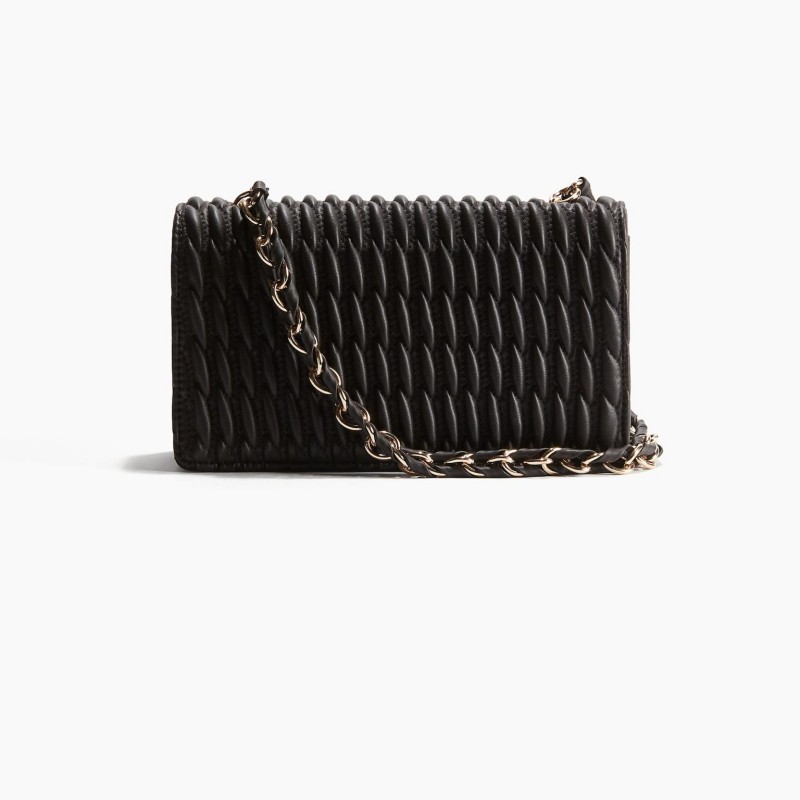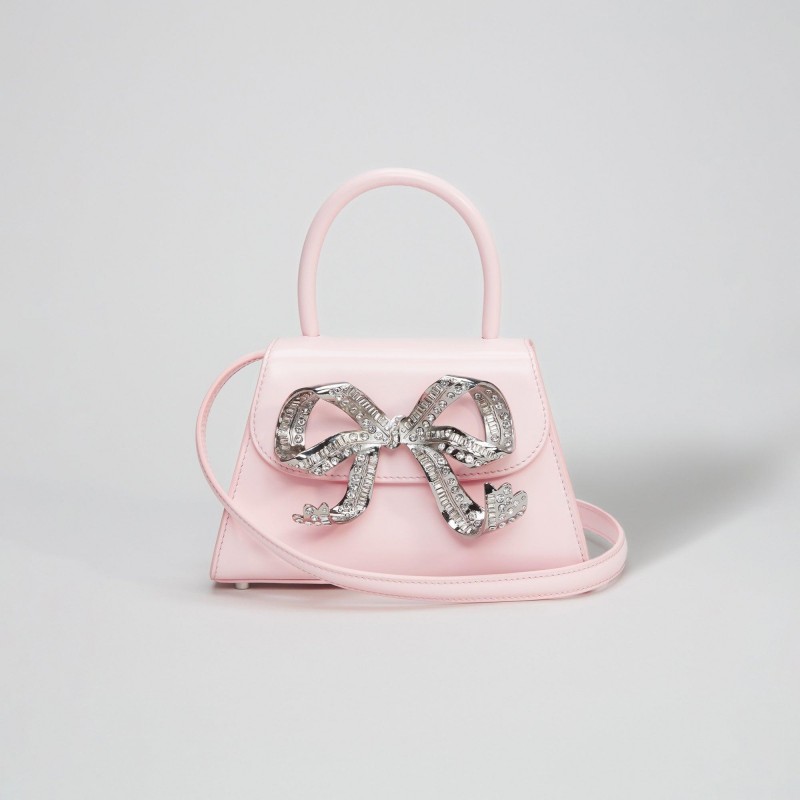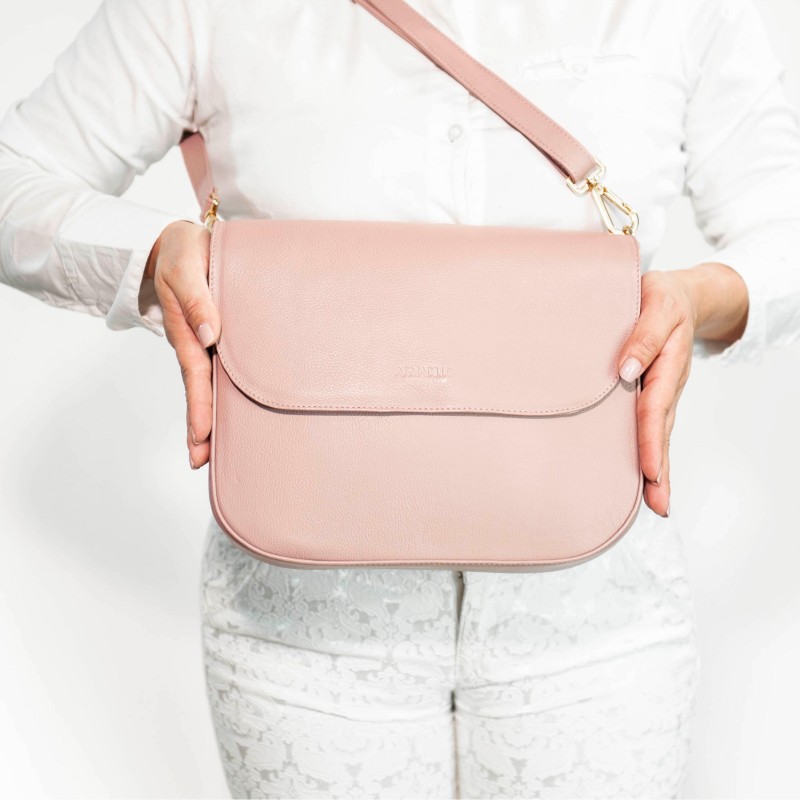Handbags have long been more than mere accessories; they are essential items that blend functionality with style, reflecting personal taste and societal trends. From the functional totes that carry our daily essentials to the exquisite evening clutches designed for special occasions, handbags come in a variety of shapes, sizes, and styles. Women often rely on them to hold everything from makeup and gadgets to important documents, making them indispensable in our fast-paced lives. The versatility of handbags is truly remarkable, as they can complete an outfit, express individuality, and serve practical purposes. In this comprehensive exploration of handbags, we’ll cover their history, the different styles available, how to choose the right one for your needs, care tips, and much more, providing insights that will help you appreciate the importance of this timeless accessory.

The Historical Evolution of Handbags
Understanding the evolution of handbags adds depth to our appreciation of this accessory. Handbags have a rich history that dates back thousands of years.
Early Beginnings
- Ancient Times: The origins of bags can be traced back to ancient civilizations. In Egypt, both men and women used small pouches to carry personal items. Similarly, in ancient Rome, bags made of leather were used to store coins and essentials.
- The Middle Ages: During the medieval period, men wore bags attached to their belts, while women utilized larger bags hidden beneath their skirts. These early designs laid the foundation for modern handbags.
The 19th Century and Beyond
- The Rise of the Purse: The 19th century saw the emergence of purses specifically designed for women. As fashion evolved, so did handbag designs, with intricate beading and embroidery becoming popular.
- 20th Century Innovations: The Industrial Revolution significantly impacted handbag production. With the advent of machines, handbags became more accessible to the general public. Designers such as Coco Chanel and Louis Vuitton began to shape the industry with iconic styles that are still coveted today.
Contemporary Handbags
In recent decades, the handbag industry has exploded, offering a diverse range of styles and materials. From luxury brands to affordable high street options, handbags have become symbols of status and personal expression, transcending mere functionality.
Types of Handbags
The world of handbags is vast, encompassing numerous styles tailored to different occasions, outfits, and functions. Below are some of the most popular types:
Tote Bags
- Design Features: Tote bags are characterized by their large, open compartments and sturdy straps. They are typically unfastened, making them easy to access.
- Functionality: Ideal for daily use, tote bags are spacious enough to hold everything from laptops to groceries. They are perfect for work, shopping, or even a day at the beach.
Crossbody Bags
- Design Features: Crossbody bags come with a long strap worn diagonally across the body. They often have a compact design.
- Functionality: Great for hands-free convenience, crossbody bags are perfect for travel or casual outings. They offer security while allowing easy accessibility.
Handheld Clutches
- Design Features: Clutches are small, elegant bags designed to be held in the hand or tucked under the arm. They usually have no handles or straps.
- Functionality: Often used for evening events, clutches are designed to carry just the essentials, making them ideal for parties, galas, and formal occasions.
Backpacks
- Design Features: While traditionally associated with schools, modern backpacks often come in stylish designs and materials, making them fashionable for adults.
- Functionality: Handbags that double as backpacks offer versatility and comfort, making them suitable for commuting and travel.
Satchels
- Design Features: Satchels are structured bags often characterized by a flap and a long strap. They usually have a more polished appearance.
- Functionality: Perfect for work and professional settings, satchels combine style with practicality, offering enough room for documents and devices.
Hobo Bags
- Design Features: Hobo bags are known for their crescent shape and slouchy design. They usually have a single shoulder strap.
- Functionality: Casual and relaxed, hobo bags are great for everyday errands and carry a considerable amount without sacrificing style.
Bucket Bags
- Design Features: Bucket bags have a round structure and drawstring closure, easily identifying them.
- Functionality: These bags can fit a variety of items while maintaining a structured look, making them great for day trips and outings.
Understanding the types of handbags available can help you choose the right one for your needs and personal style.

Choosing the Right Handbag
Selecting the perfect handbag involves considering multiple factors to ensure it meets your needs while also complementing your personal style.
Assessing Your Lifestyle
- Daily Activities: Consider your daily routines. Do you need a bag for work, errands, travel, or special occasions? Your handbag should reflect and accommodate your lifestyle.
- Capacity Requirements: Think about what you typically carry. If you often carry a laptop, you’ll want a tote or satchel. For nights out, opt for a clutch.
Material Considerations
- Leather: Known for its durability and timeless appeal, leather handbags can offer numerous designs and textures.
- Canvas: Lightweight and often reusable, canvas bags are perfect for casual outings and environmentally conscious choices.
- Synthetic Fabrics: Often more affordable, synthetic materials are versatile and come in many vibrant colors and patterns.
Color and Pattern Choice
- Versatility: Neutral colors such as black, brown, and gray can match a wide range of outfits, making them essential for any wardrobe.
- Patterns and Textures: Bright colors and unique patterns are wonderful for expressing personal style. Consider seasonal trends and occasions when selecting colors.
Budgeting for Quality
Investing in a quality handbag can ensure longevity and style. Set a budget based on:
- High-End Brands: If you’re investing in luxury brands, understand the difference in quality and craftsmanship that justifies the price.
- Affordable Options: Many brands offer stylish handbags at lower price points, so research your options before purchasing.
Trying Before You Buy
Whenever possible, physically try on the handbag. Consider how it feels when carried and how well it complements your body shape. Look for comfort—straps that fit well and do not dig into your skin are critical for daily use.
Styling Handbags with Outfits
Once you have the perfect handbag, knowing how to style it with various outfits can elevate your fashion game.
Casual Looks
For everyday settings, such as brunch or shopping:
- Tote with Casual Wear: Pair a canvas tote with a comfy pair of jeans and a casual t-shirt to achieve a laid-back look.
- Crossbody for Travel: A stylish crossbody bag works well with a sundress or shorts, offering comfort and easy access while on the move.
Work Attire
For professional environments:
- Structured Satchel: A leather satchel paired with tailored trousers and a blouse creates a polished corporate look.
- Minimalist Clutch: During networking events or meetings, a minimalist clutch can add sophistication to a pencil skirt and blazer.
Evening Outfits
For formal gatherings or dates:
- Elegant Clutch: An embellished clutch can beautifully complement a cocktail dress or gown, adding flair without overwhelming the outfit.
- Statement Bag: Choose a bold color or pattern to draw attention, balancing it with a more understated outfit for contrast.
Seasonal Styling
Adapt your handbag choices according to the season:
- Spring/Summer: Opt for lighter colors and materials, such as straw bags or pastel shades.
- Fall/Winter: Darker, richer hues and textured fabrics, such as leather and suede, can enhance winter outfits.
Accessories and Layering
Handbags can be a focal point of your outfit. Use accessories such as scarves wrapped around the handle or bag charms to add individuality. Make sure the colors and styles harmonize with your overall ensemble to maintain a cohesive look.
Caring for Your Handbag
Proper care prolongs the life of your handbag, ensuring it remains a favorite accessory for years to come.
Proper Storage Techniques
- Hanging Bags: Store bags in dust bags or hang them in your closet to maintain their shape. Avoid stacking heavy bags on top of each other.
- Avoid Extreme Conditions: Keep handbags away from direct sunlight to prevent fading and never store them in humid places.
Cleaning and Maintenance
- Routine Cleaning: For fabric handbags, regularly wipe down surfaces with a damp cloth. Leather bags may require special cleaners and conditioning products.
- Stains: Address stains immediately. For leather, use appropriate leather cleaners; for fabric, follow care label instructions for spot cleaning.
Regular Checkups
Every few months, inspect your handbag for signs of wear. Look for:
- Strap Integrity: Check for fraying or looseness in straps.
- Structural Damage: Ensure the bag holds its shape; if it collapses, assess whether it needs repairs or storage adjustments.
Avoid Overloading
While you might be tempted to fill your handbag to the brim, overloading can lead to damage. Be mindful of weight and contents, ensuring your bag remains functional while protecting its form.
Handbags in Popular Culture
Handbags have transcended functionality to become iconic symbols in popular culture and fashion.
Celebrities and Fashion Icons
- Red Carpet Arrivals: Celebrities often showcase stunning handbags during high-profile events. Designers like Chanel and Hermes have gained notable attention through celebrity endorsements.
- Influencer Impact: Social media influencers frequently use handbags to express personal style. Many followers seek similar pieces, driving trends in the handbag market.
Handbags as Status Symbols
- Luxury Market Trends: High-end handbag brands have cultivated exclusivity, turning certain pieces into sought-after items. This has given rise to a secondary market where rare bags are highly valued.
- Vintage Appeal: The vintage handbag market allows fans of classic pieces to hunt and collect iconic designs from bygone eras.
Seasonal Fashion Shows
Handbags are critical components of fashion shows, often dictating upcoming trends. Designers showcase innovative designs, textures, and colors during runway presentations.

Conclusion
Handbags are indeed essential elements of every woman’s wardrobe, balancing style with practicality. From their rich history to the diverse types available today, handbags have evolved into must-have accessories that reflect personal taste and cultural influences. Understanding how to choose the right handbag based on lifestyle, styling with outfits, and proper care can lead to a lasting relationship with this iconic accessory. Moreover, the impact of handbags on popular culture, combined with their status as symbols of individuality, shows that they are much more than functional items—they are expressions of fashion, art, and identity. In the ever-changing landscape of fashion, investing in quality handbags is not only a smart choice but also a personal journey of style and self-expression. Whether you choose trendy options or timeless classics, there is a handbag out there for everyone—waiting to become a cherished part of your fashion story.


